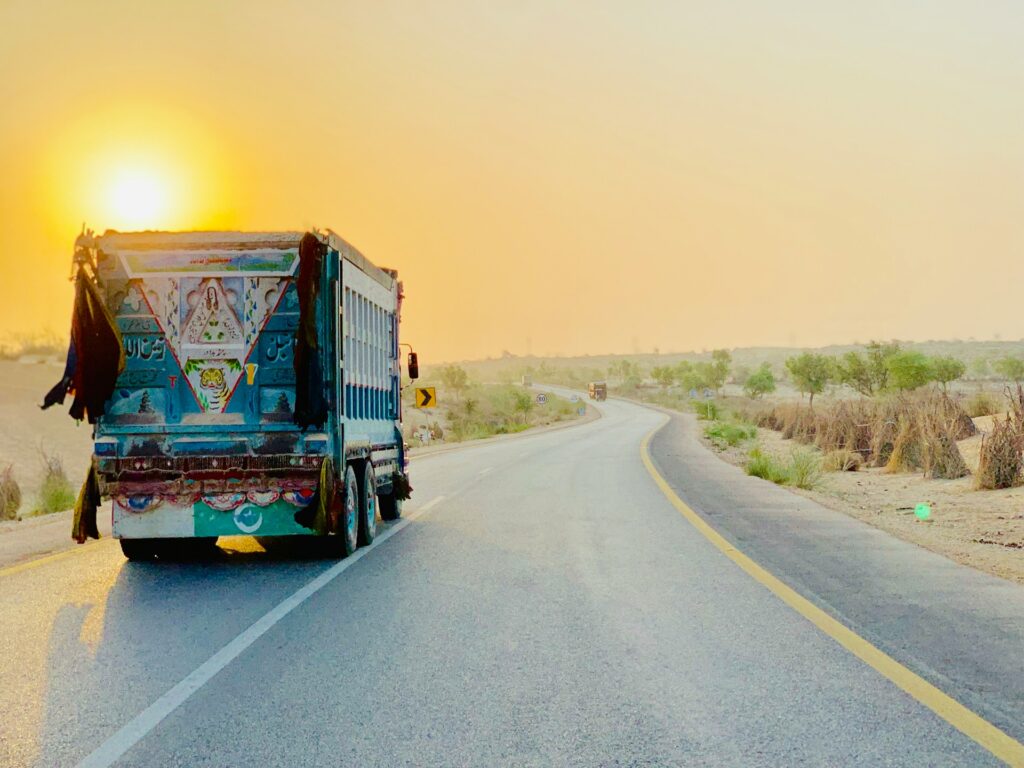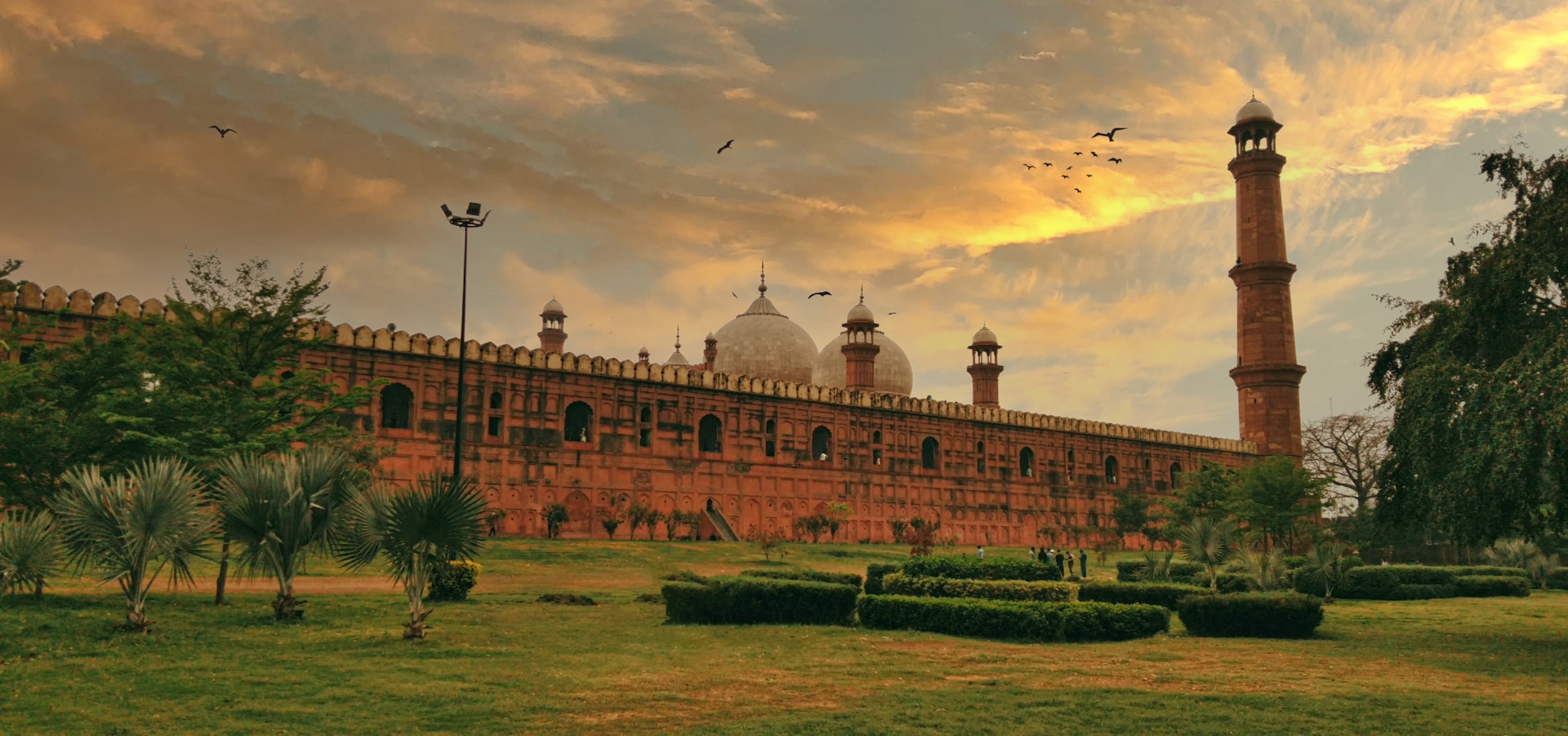Pakistan’s energy consumption and generation is deeply affected by its growing population, economic development, and environmental challenges. The Sankey Diagram below shows a detailed picture of Pakistan’s energy consumption. Biofuels and waste lead the mix, followed by oil and natural gas, showing the heavy reliance on fossil fuels. These figures provide a little insight into the country’s energy infrastructure, which faces increasing pressure due to population growth, economic demands, and aging infrastructure.

How Does Pakistan Consume Energy?
In 2021, residential energy consumption stood at a staggering 1,946,449 TJ (terajoules), out using other sectors, including industrial (1,109,557 TJ) and transport (793,353 TJ). This reflects Pakistan’s growing domestic demand, aggravated by a rapidly expanding population and urbanisation. The high consumption is partially driven by Pakistan’s reliance on air conditioning in scorching summers and the widespread use of inefficient home appliances.
While natural gas, biofuels, and waste dominate the energy mix, electricity generation; highlighted in blue, remains a focal point and contentious issue within domestic politics and feelings. The country’s electricity sector struggles to meet the rising demands, especially during peak consumption periods. Power shortages and load shedding (scheduled power outages) are still frequent despite investments in generation capacity. A primary reason for this is transmission bottlenecks, as only 22,000 MW of electricity can currently be transmitted due to the outdated grid infrastructure, coupled with the lack of formal structure in the transactions between the consumer and energy companies and incessant corruption within the the public organisations operating the whole energy system.
Pakistan Fossil Fuel Usage
The diagram shows Pakistan’s reliance on fossil fuels like oil (906,518.2 TJ) and natural gas (902,329.0 TJ), which collectively account for a massive portion of energy consumption. Oil powers a large share of transport, and natural gas is heavily used across residential, commercial, and industrial sectors.
Despite the global shift toward renewable energy, Pakistan still uses a significant amount of coal, amounting to 551,987.0 TJ in 2021. This is not only a threat to the environment but also presents a challenge to the country’s long-term energy sustainability.
“Pakistan needs to rethink its reliance on coal,”
says Asad Umar, the former Planning and Development Minister.
“We’re burning a resource that increases our carbon footprint, which is dangerous for a country already vulnerable to climate change.”
The Potential for Renewables in Pakistan
In recent years, Pakistan has seen projects aiming to grow its renewable energy sector. Yet, in the energy mix, solar and wind are barely contributing, despite their potential. Solar energy, contributing only 3,356.0 TJ, and wind at 11,278.0 TJ, are largely untapped resources. On the other hand, hydroelectricity, while still an essential part of the energy system at 120,772.0 TJ, has declined in its share of the total mix.
The reliance on fossil fuels, particularly coal, raises red flags in a country that is ranked among the most vulnerable to climate change. A shift toward cleaner energy options is critical for Pakistan’s future. Dr. Bilal Khan, an energy policy expert, suggests that:
“Pakistan needs aggressive investment in solar and wind, especially in regions like Sindh and Balochistan where solar potential is enormous.”
In fact, new solar projects are already underway. The Quaid-e-Azam Solar Power Park in Bahawalpur, for example, is a promising initiative that aims to generate 1,000 MW of electricity in the next few years.

However, transitioning to renewables comes with challenges, particularly financial ones. Many renewable projects require substantial upfront investments or CAPEX. According to the World Bank, the average cost of building solar and wind power plants in Pakistan is still high compared to neighbouring countries; due to the lack of domestic manufacturing capacity for renewable energy components, amongst other reasons.
Future Energy Prospects
While the current system continues to rely heavily on fossil fuels, the future needs a major shift towards sustainable energy sources. Transitioning to solar and wind could relieve some of the pressure on the grid, reduce the country’s carbon footprint, and address the energy crisis that leaves millions without power during peak hours.
To achieve this, Pakistan needs to modernise its electricity grid, enabling the transmission of clean energy from renewable sources to the areas that need it most.
“We must reimagine our energy infrastructure,”
says Syed Taimur Shah, CEO of Pakistan Electric Power Company (PEPCO).
“Our goal should be not only to generate more electricity but to ensure that it reaches everyone efficiently and sustainably.”
Hydropower, which once formed the backbone of Pakistan’s electricity generation, remains underutilised. With the construction of new dams like the Diamer-Bhasha and Mohmand dams, there is a chance that hydropower will once again be a stable major energy source for the country.
The Current Energy Model of Pakistan
The current energy model is not without its critics. Environmentalists argue that the government’s focus on coal, as seen in the Thar Coal Project, undermines efforts to reduce carbon emissions. Additionally, energy shortages continue to plague the country, with many questioning whether the government’s policies can meet the demands of a rapidly growing population.
There is also a broader issue about the country’s energy planning. The slow pace of renewable energy adoption is a clear indicator that long-term strategies are not being implemented efficiently. International Energy Agency (IEA) reports highlight that Pakistan’s renewable energy investments are insufficient given the country’s energy needs.
Pakistan’s energy consumption profile reveals both challenges and opportunities. While the reliance on biofuels, waste, and fossil fuels continues to dominate, the untapped potential of renewable sources like solar and wind offers a more sustainable solution to the future of the energy production and consumption of Pakistan. The question is, how quickly Pakistan can pivot its energy strategy towards more sustainable options while upgrading its electricity grid to prevent future power shortages?

Hassan graduated with a Master’s degree in Chemical Engineering from the University of Chester (UK). He currently works as a design engineering consultant for one of the largest engineering firms in the world along with being an associate member of the Institute of Chemical Engineers (IChemE).



